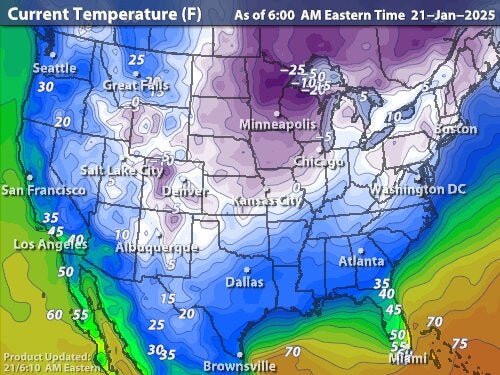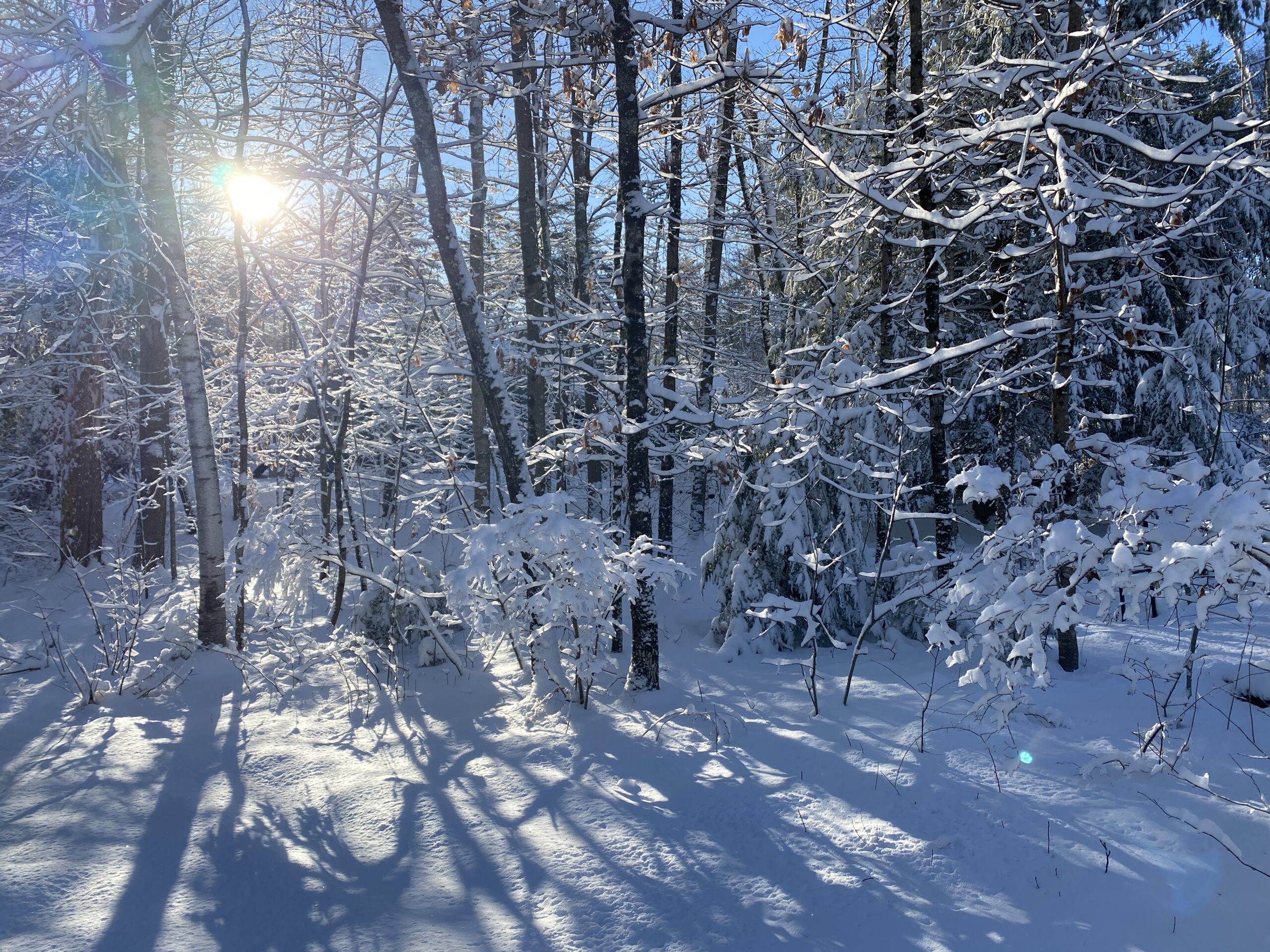Saturday, January 18, 2025
Eight mourning doves strutted around on the bare grass beneath the crabapple tree this morning. Range-wide, it is a very common bird, but still so beautiful when you really look at all its feather and body features. Beginning with the small, round head with a light, thin blue eye ring and small black mark on the side of its neck. The body is round and belly pinkish; the legs and feet are pink too. Black spots on the back part of the wings contrast with the rest of the grayish-beige wings. When foraging the slender tail is elegant. In flight it looks like a fan with white tips. These doves make lovely mournful cooing calls during the breeding season. When they take off the wings whistle. Such lovely birds.
Today has been relatively warm, reaching 40F with very light rain starting mid-afternoon. I think this is the first rain precipitation this year. Snow is forecast for tomorrow, possibly 5+ inches. Woohoo! We need the moisture. The fresh snow will be great for seeing mammal tracks.
We spent 3 days in Freeport, Maine this past week. In part, to see if we wanted to relocate there. I went to UMaine in Orono and have a fondness for Maine, especially the Downeast rocky coastline. Our favorite locale in Freeport is Wolf’s Neck with the fabulous State Park and the Agricultural and Education Center. We spent a bit of time at Freeport’s Winslow Memorial Park. And on the way back we stopped at Marginal Way in Ogunquit. We saw many common eiders, black scoters, some red-breasted mergansers, surf scoters, long-tailed ducks, and harlequin ducks. On our drive from Newmarket to Freeport we counted 14 red-tailed hawks perched in the trees along the highways.
Our favorite birds were the black scoters with jet black body and orange bills, playing in the surf as waves crashed into the rocky shore at Marginal Way. Their cooing was entertaining too. There were more than 70 males and females. The harlequin ducks are other worldly (at Marginal Way).
It was a nice brief get-away. We realized that there is no place like home. We’ve been here 30 years and have ties to our community and neighborhood and local land trust and library, and sense of place. And it was so nice to see our yard birds again, including the 8 mourning doves that visited today.


